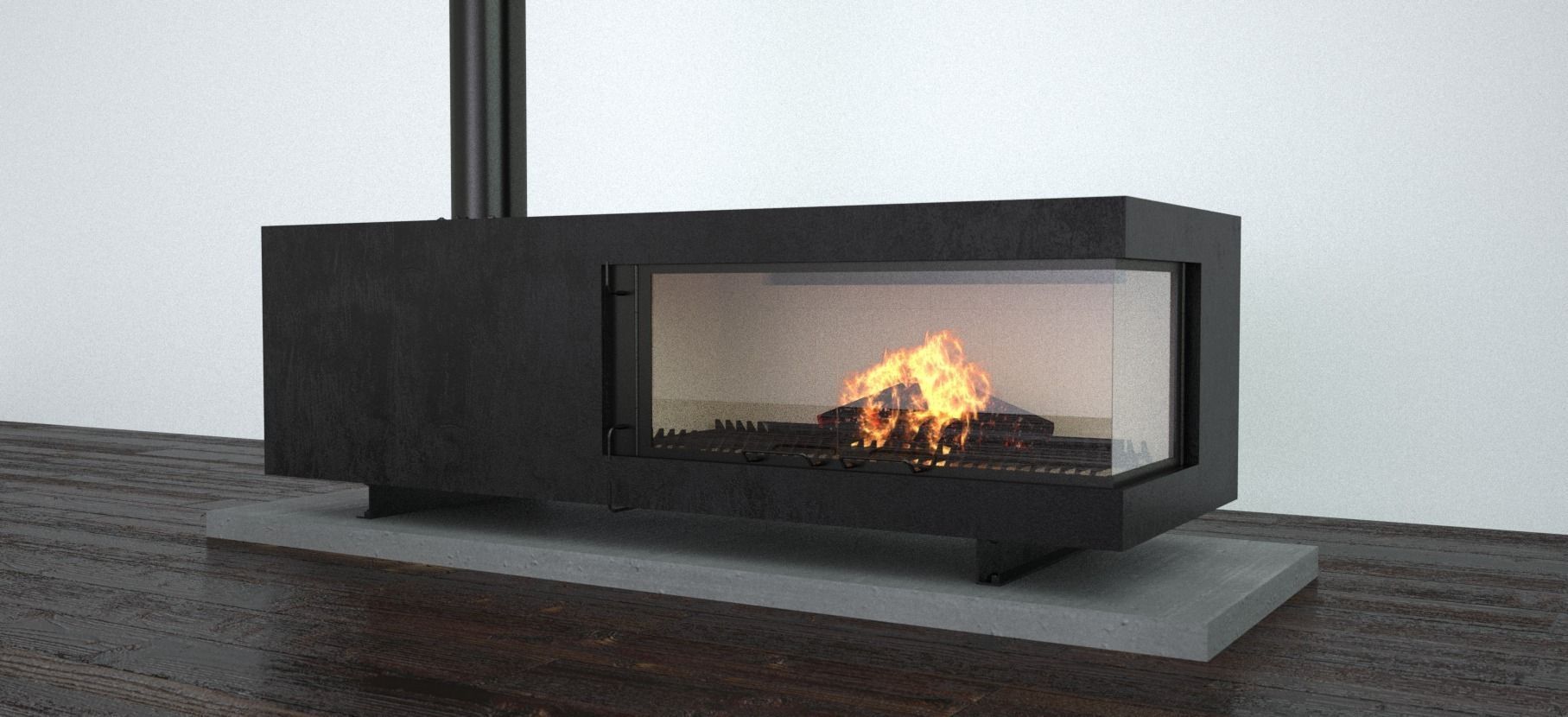Python bindings for the official Sketchup API. Contribute to arindam-m/pyslapi development by creating an account on GitHub. This is the very first release of the importer, compatible with the ongoing Blender 2.8x series (starting with the official release version of 2.82a) Built with SketchUp 2019.2 SDK and compiled in. A collegue of mine has created a model with SketchUp and I want to import it into blender now. He created several formats from the model(.3ds,.dae,.obj) which I can import. However, I always do not seem to get the correct dimensions for the objects after the import.
- Then save the sketchup file in sketchup 5.now press the first button on the new toolbar marked 'export model to kerkythea' 6.select the options as shown below geometry 'yes' lights 'no' clay 'no' photomatched 'no' default uvs 'yes' instanced 'no' 7.click 'ok' then give the file a name 8.click 'save' then wait 9.on the box that now pops up click.
- This could be helpful for 3d printing as sketchup can be an effective tool for designing your 3d prints and blender can help process them and export to other formats like.stl 1. Download this plugin for sketchup.
- Import SketchUp.dae into Blender ^ The important file from this process is the Collada DAE file, ' houser2.dae ' in this instance, which is then imported directly into Blender. To do this, with Blender open, from the ' File ' menu select ' Import » Collada (Default) (.dae) '. The ' File Browser ' view will appear.

Sketchup To Blender Render
- You can export in SketchUp Free 3D model, by clicking on the folder icon and select 'Export'.
- Select the stl Format.
- Import the 3D model in Blender, by clicking in the menu 'File' and 'Import' and the stl-Format.
- Now, the 3D should appear model – however, it is probably too big for the view. Therefore, press the 'S'key to scale and then type e.g. '0.01' (Reduce by factor 0.01).
- The 3D model is summarized by the Export in a single object. The model is split back into separate objects, you can switch with the Tab button in the 'Edit'mode and select individual items with the [L] button. With [L] are selected coherent points, and combined with the [P] key again to a new object. Further selection tools are: [C] for circle selection, [B] for rectangle selection, and [CTRL]+[Left mouse button] for the Lasso selection. In the example of the 3D-model of a house may be divided as walls, roof, Windows, doors, back into individual objects.
- The resulting objects you can texture in Blender, but a new UV-Mapping may be necessary.
